-
 Bitcoin
Bitcoin $115100
1.27% -
 Ethereum
Ethereum $3675
2.71% -
 XRP
XRP $2.995
1.45% -
 Tether USDt
Tether USDt $1.000
0.02% -
 BNB
BNB $769.8
2.64% -
 Solana
Solana $168.0
3.25% -
 USDC
USDC $0.9999
-0.01% -
 TRON
TRON $0.3371
1.48% -
 Dogecoin
Dogecoin $0.2051
3.36% -
 Cardano
Cardano $0.7394
2.30% -
 Hyperliquid
Hyperliquid $38.15
0.42% -
 Stellar
Stellar $0.3966
-0.36% -
 Sui
Sui $3.486
2.93% -
 Chainlink
Chainlink $16.72
2.52% -
 Bitcoin Cash
Bitcoin Cash $568.0
4.36% -
 Hedera
Hedera $0.2440
2.59% -
 Ethena USDe
Ethena USDe $1.001
0.04% -
 Avalanche
Avalanche $22.16
2.06% -
 Litecoin
Litecoin $119.1
-0.73% -
 UNUS SED LEO
UNUS SED LEO $8.991
0.04% -
 Toncoin
Toncoin $3.232
-0.39% -
 Shiba Inu
Shiba Inu $0.00001233
2.82% -
 Uniswap
Uniswap $9.717
2.53% -
 Polkadot
Polkadot $3.664
1.85% -
 Dai
Dai $1.000
0.01% -
 Monero
Monero $281.2
-3.89% -
 Bitget Token
Bitget Token $4.350
1.55% -
 Cronos
Cronos $0.1428
5.07% -
 Pepe
Pepe $0.00001050
3.68% -
 Aave
Aave $262.3
3.54%
How to back up Exodus wallet? Where is the private key stored safely?
Back up your Exodus wallet with a 12-word recovery phrase and store it securely; it's crucial for recovering your crypto assets if your device fails or is lost.
May 03, 2025 at 07:01 pm
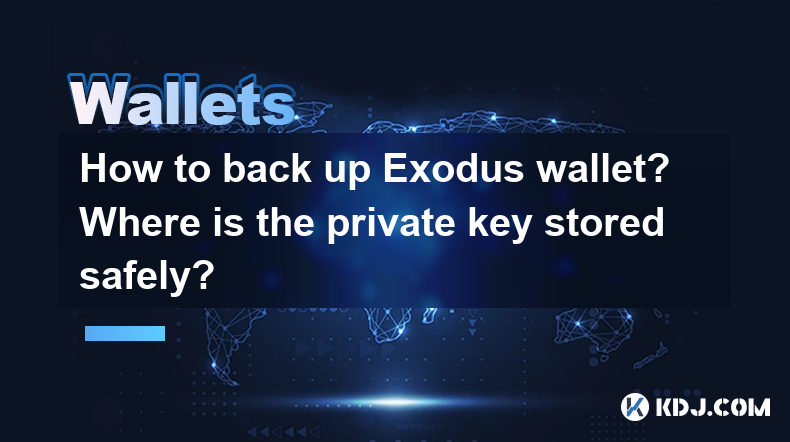
Introduction to Exodus Wallet Backup
Exodus wallet is a popular choice among cryptocurrency enthusiasts for its user-friendly interface and support for a wide range of cryptocurrencies. However, securing your digital assets is paramount, and understanding how to back up your Exodus wallet and where to safely store your private key is crucial. This article will guide you through the process of backing up your Exodus wallet and provide insights into safely storing your private key.
Understanding the Importance of Backing Up Your Exodus Wallet
Before delving into the backup process, it's essential to understand why backing up your Exodus wallet is so important. Your wallet contains your private keys, which are necessary to access and manage your cryptocurrencies. Losing these keys means losing access to your funds permanently. Therefore, backing up your wallet ensures that you can recover your assets in case of device failure, loss, or theft.
How to Back Up Your Exodus Wallet
Backing up your Exodus wallet involves creating a 12-word recovery phrase. This phrase is used to restore your wallet and access your funds on any device. Here are the steps to back up your Exodus wallet:
- Open Exodus Wallet: Launch the Exodus application on your computer or mobile device.
- Navigate to Backup: Click on the hamburger menu (three horizontal lines) in the top left corner, then select Backup.
- Create a Recovery Phrase: Follow the on-screen instructions to generate your 12-word recovery phrase. Make sure to write down the phrase accurately and in the correct order.
- Verify the Phrase: Exodus will ask you to enter the recovery phrase to ensure you have recorded it correctly. This step is crucial to avoid any mistakes.
- Secure the Recovery Phrase: Store the recovery phrase in a safe and secure location, such as a fireproof safe or a secure note-taking app with strong encryption.
Where to Safely Store Your Private Key
Your private key is derived from your recovery phrase, and it's essential to store it securely. Here are some recommended methods for safely storing your private key:
- Physical Storage: Write down your private key on a piece of paper and store it in a secure location, such as a safe deposit box or a fireproof safe. Avoid storing it in easily accessible places like your desk drawer.
- Encrypted Digital Storage: Use a secure note-taking app like LastPass or 1Password to store your private key. Ensure that the app uses strong encryption and that you use a strong, unique password.
- Hardware Wallets: Consider transferring your private key to a hardware wallet like Ledger or Trezor. These devices store your private keys offline, providing an additional layer of security.
Best Practices for Managing Your Recovery Phrase and Private Key
To ensure the security of your Exodus wallet, follow these best practices for managing your recovery phrase and private key:
- Do Not Share: Never share your recovery phrase or private key with anyone. Sharing these details can lead to unauthorized access to your funds.
- Multiple Copies: Keep multiple copies of your recovery phrase and private key in different secure locations. This ensures you have a backup in case one copy is lost or destroyed.
- Regular Checks: Periodically check the security of your storage methods to ensure they remain uncompromised. Update passwords and encryption methods as needed.
How to Restore Your Exodus Wallet Using the Recovery Phrase
If you need to restore your Exodus wallet, follow these steps:
- Install Exodus: Download and install the Exodus application on your new device.
- Restore Wallet: Open Exodus and select Restore from Backup from the welcome screen.
- Enter Recovery Phrase: Enter your 12-word recovery phrase in the correct order. Make sure to enter it accurately to avoid any issues.
- Access Your Funds: Once the recovery phrase is verified, your wallet will be restored, and you will have access to your funds.
Frequently Asked Questions
Q: Can I use the same recovery phrase on multiple devices?
Yes, you can use the same recovery phrase to restore your Exodus wallet on multiple devices. However, it's recommended to use the wallet on one primary device to minimize the risk of unauthorized access.
Q: What should I do if I lose my recovery phrase?
If you lose your recovery phrase, you will not be able to recover your wallet. This is why it's crucial to store multiple copies in secure locations. Consider using a hardware wallet for added security.
Q: Is it safe to store my recovery phrase in an online note-taking app?
It can be safe if you use an app with strong encryption and a strong, unique password. However, physical storage in a secure location is generally considered safer.
Q: How often should I back up my Exodus wallet?
It's a good practice to back up your wallet whenever you add new cryptocurrencies or make significant changes to your holdings. Regular backups ensure that your recovery phrase is up to date.
Disclaimer:info@kdj.com
The information provided is not trading advice. kdj.com does not assume any responsibility for any investments made based on the information provided in this article. Cryptocurrencies are highly volatile and it is highly recommended that you invest with caution after thorough research!
If you believe that the content used on this website infringes your copyright, please contact us immediately (info@kdj.com) and we will delete it promptly.
- BlockDAG, Litecoin, and Cardano: Charting the Course in Crypto's Dynamic Waters
- 2025-08-07 09:09:06
- Fireverse Token: Igniting a Musical Revolution in Web3
- 2025-08-07 08:27:45
- Ethereum, L2 Withdrawals, and Decentralization: A New Yorker's Take
- 2025-08-07 08:32:33
- Avalanche vs. Ruvi AI: Daily Sales Tell a Story of Crypto Disruption
- 2025-08-07 06:29:35
- DeSoc: The Crypto to Buy Now for a Decentralized Future (and Maybe 43x Gains!)
- 2025-08-07 06:50:16
- Arctic Pablo Coin: Riding the Meme Coin Wave with a Deflationary Twist
- 2025-08-07 07:18:13
Related knowledge
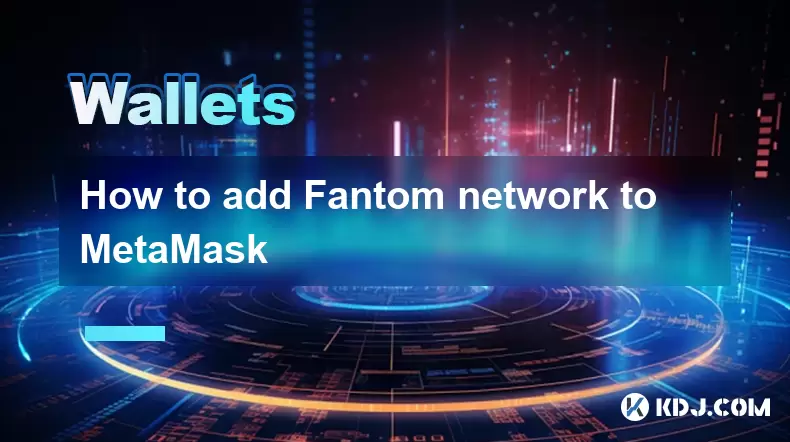
How to add Fantom network to MetaMask
Aug 07,2025 at 08:21am
Understanding the Fantom Network and MetaMask IntegrationThe Fantom network is a high-performance, scalable, and secure blockchain platform designed f...
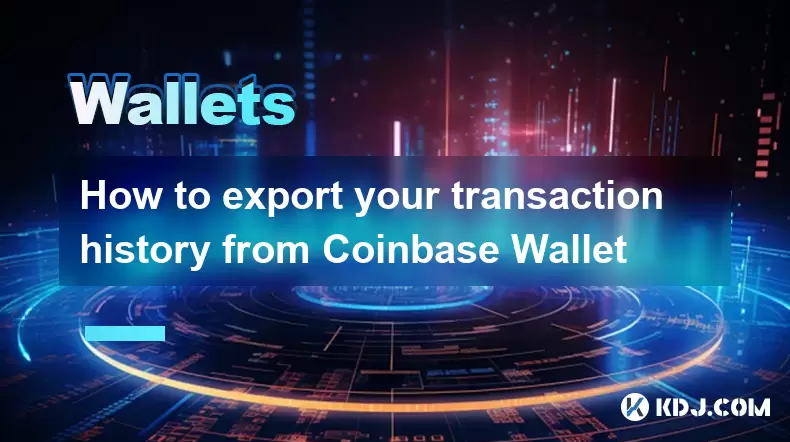
How to export your transaction history from Coinbase Wallet
Aug 07,2025 at 06:50am
Understanding Coinbase Wallet and Transaction HistoryCoinbase Wallet is a self-custodial cryptocurrency wallet that allows users to store, manage, and...
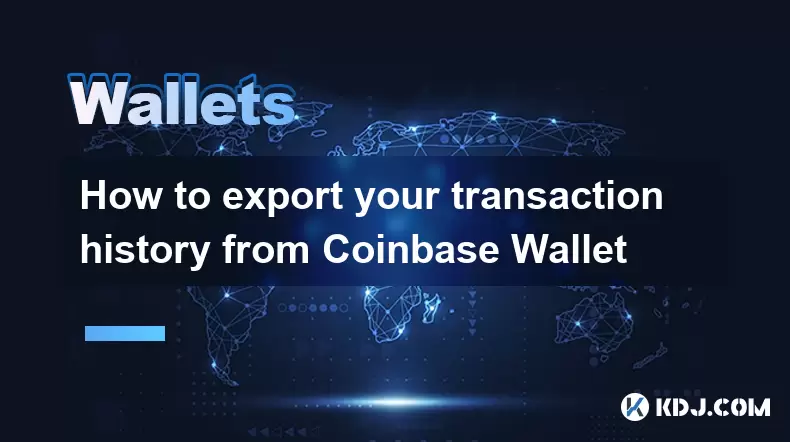
How to export your transaction history from Coinbase Wallet
Aug 07,2025 at 08:49am
Understanding Coinbase Wallet and Transaction HistoryCoinbase Wallet is a self-custodial cryptocurrency wallet that allows users to store, manage, and...
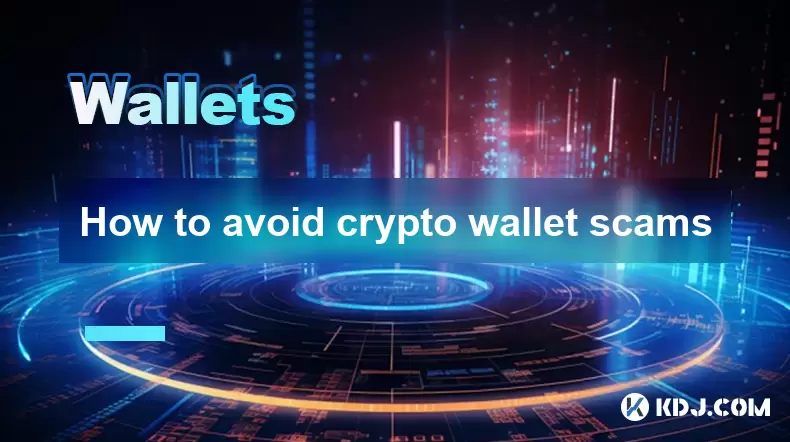
How to avoid crypto wallet scams
Aug 07,2025 at 02:21pm
Understanding Common Types of Crypto Wallet ScamsCrypto wallet scams come in various forms, each designed to exploit user trust, technical ignorance, ...

How to set up a new Ledger Nano S Plus
Aug 07,2025 at 06:01am
Unboxing and Initial InspectionWhen you receive your Ledger Nano S Plus, begin by carefully unboxing the package. Inside, you should find the Ledger N...
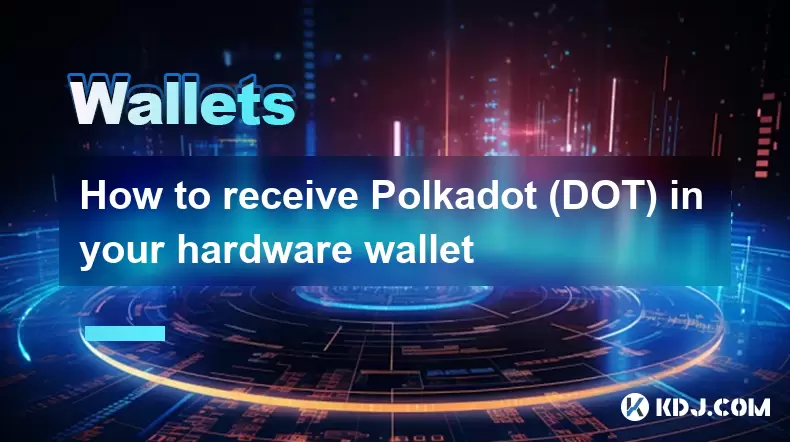
How to receive Polkadot (DOT) in your hardware wallet
Aug 07,2025 at 07:03am
Understanding Polkadot (DOT) and Hardware Wallet CompatibilityReceiving Polkadot (DOT) into a hardware wallet begins with understanding the ecosystem ...

How to add Fantom network to MetaMask
Aug 07,2025 at 08:21am
Understanding the Fantom Network and MetaMask IntegrationThe Fantom network is a high-performance, scalable, and secure blockchain platform designed f...

How to export your transaction history from Coinbase Wallet
Aug 07,2025 at 06:50am
Understanding Coinbase Wallet and Transaction HistoryCoinbase Wallet is a self-custodial cryptocurrency wallet that allows users to store, manage, and...

How to export your transaction history from Coinbase Wallet
Aug 07,2025 at 08:49am
Understanding Coinbase Wallet and Transaction HistoryCoinbase Wallet is a self-custodial cryptocurrency wallet that allows users to store, manage, and...

How to avoid crypto wallet scams
Aug 07,2025 at 02:21pm
Understanding Common Types of Crypto Wallet ScamsCrypto wallet scams come in various forms, each designed to exploit user trust, technical ignorance, ...

How to set up a new Ledger Nano S Plus
Aug 07,2025 at 06:01am
Unboxing and Initial InspectionWhen you receive your Ledger Nano S Plus, begin by carefully unboxing the package. Inside, you should find the Ledger N...

How to receive Polkadot (DOT) in your hardware wallet
Aug 07,2025 at 07:03am
Understanding Polkadot (DOT) and Hardware Wallet CompatibilityReceiving Polkadot (DOT) into a hardware wallet begins with understanding the ecosystem ...
See all articles

























































































